
Why do I ever leave the apartment without a camera? K and I left the house on Sunday afternoon with a few errands and some work to do, but knew that our final destination was the Guggenheim Museum. The goal was to see "El Greco to Picasso" (at least for 15-20 minutes after bumping into one of my oldest college friends who lives in Turkey, etc. -- can anyone reading this quantify the effective area of the entire planet, once network effects are taken into account?), find somewhere to eat on the Upper East Side (Cafe Alsace, found by accident given Saigon Grill's unexpected renovations, was pretty great), and then to see Freeman Dyson talk about "
How We Might Have Gone To Mars in 1965."
Freeman Dyson. I nearly jumped when I got the email announcing this late last week. Here's a guy who has made a mark in real science (QED, Schwinger-Dyson equations etc.), real science & military policy (JASON, test-ban treaties), and even science "fiction" (Dyson spheres, Dyson trees -- on comets no less) and written more than a few books for general consumption. And he's 84, so no time to waste. Then again, K and I saw him being guided through the main exhibition and he looked pretty spry, regardless of age.
Anyway, no time today to go into how great his talk was, or to explain the context in detail. Bottom line:
Project Orion - a spaceship to explore the solar system (carrying real scientists in addition to astronauts, even, a la the Beagle) powered by several thousand 1-kiloton nuclear bombs, deployed via what was planned to be essentially a Coke-bottle dispenser (General Atomic even consulted with Coca-Cola about this!). The powerpoint (prepared by his son George, one famous child among six, who
wrote the definitive history about Orion several years ago) was incredible, simple and full of 1) archival images, many declassified for George Dyson's book, and 2) honest-to-God information, which he would let us read. And finally, he answered questions, lots of them, and even the ones which were completely off topic. After we left the theater (downstairs at the Guggenheim and clearly unaltered Frank Lloyd Wright -- itself worth the price of admission) and the post-talk reception (an extremely gracious touch, but where K noticed that no-one seemed to be getting Dyson a glass of water -- so she brought him one!) we basically flew home. It was a really well-executed Sunday event by Dyson and the Guggenheim, and we'll be back.

So back to that camera. I normally post my own images from these kind of things (e.g. the theater, Dyson, his slides, etc) But no luck this time, having left said camera at home. But frustratingly, I can't find any images online of Orion as it was shown in Dyson's talk. All one finds are images from the NASA-influenced "final" design, which was ultimately cut. Dyson didn't have many nice things to say about it, so I will just show something based on Jules Verne's "From the Earth to the Moon", which was, according to Dyson, literally how they imagined the Orion spaceship for most of its project lifetime.
 Bizarre follow up to my post yesterday about the BNL scientists who have submitted a spintronics patent: This morning just before 9am, I (Steinberg) received this email:
Bizarre follow up to my post yesterday about the BNL scientists who have submitted a spintronics patent: This morning just before 9am, I (Steinberg) received this email:







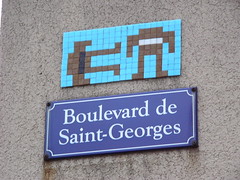


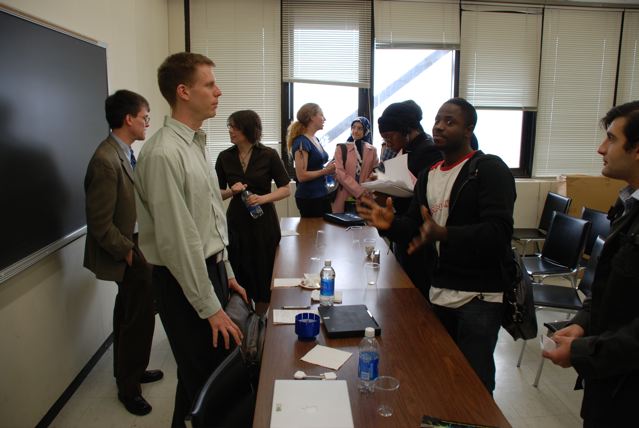

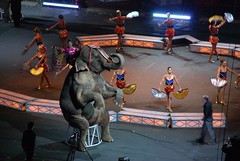


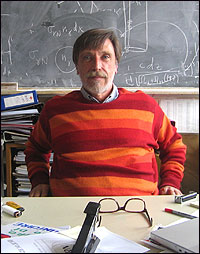













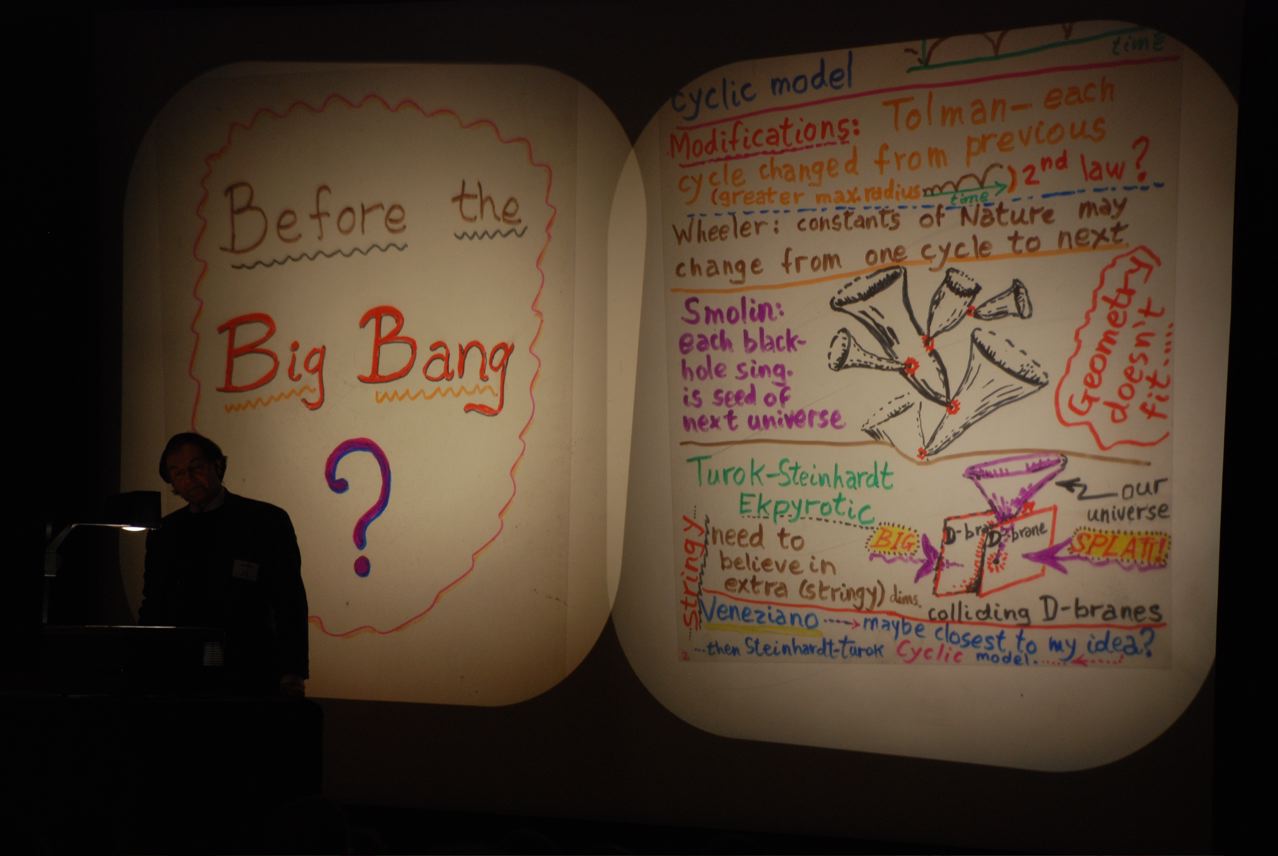
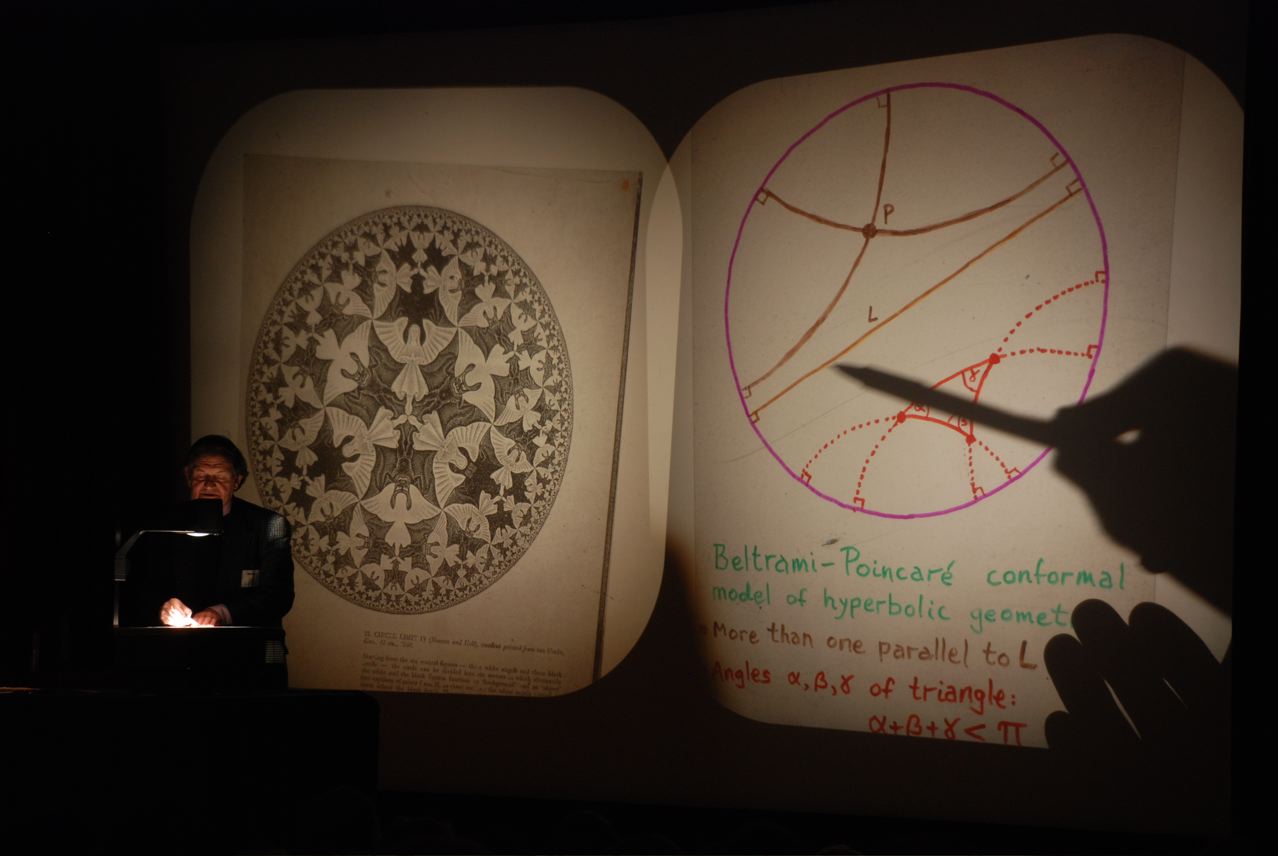
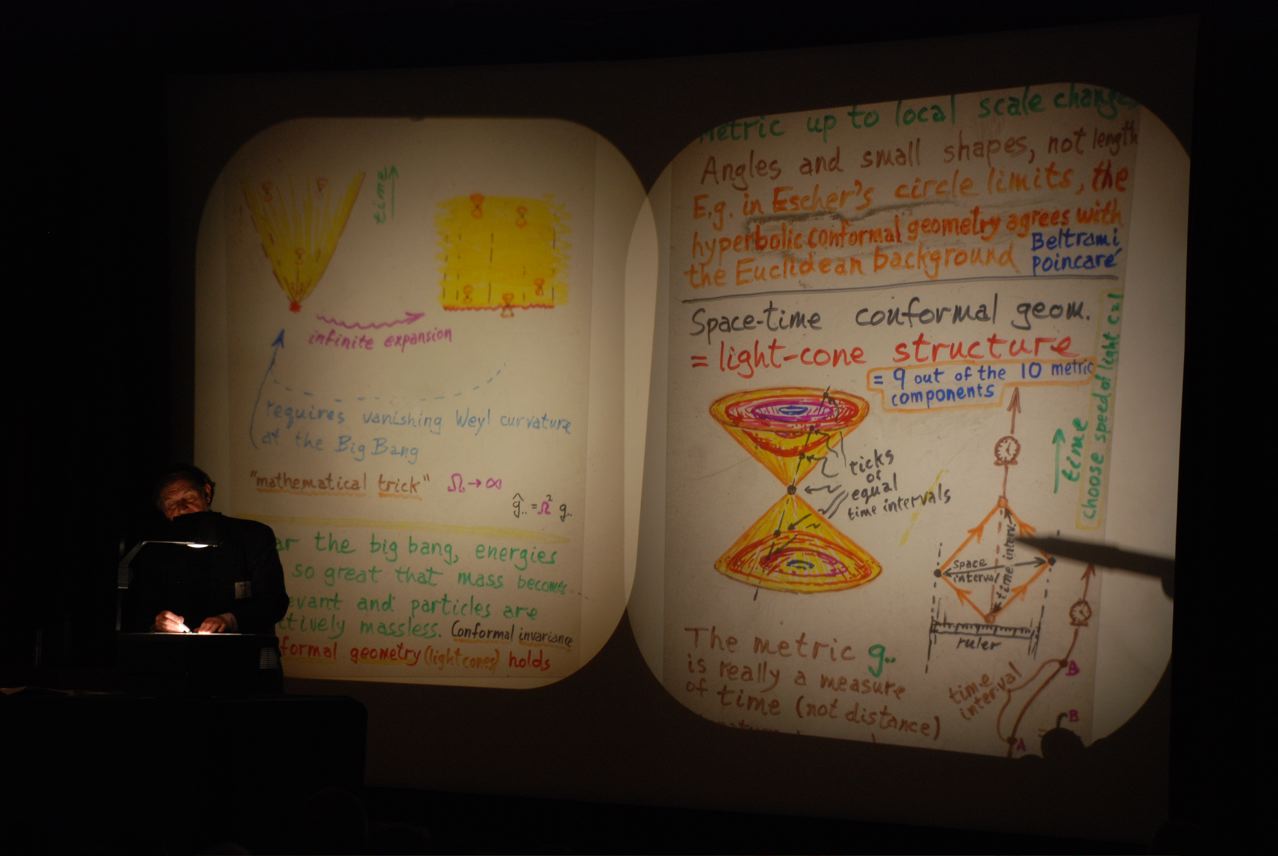











 2) headed down to the
2) headed down to the  least 6 screens (does the decaying altar count as a "screen"?) and 55 musicians tucked into the balconies playing seemingly-asynchronous punctuated polyrhythms, all in the service of a beautiful montage of decaying vintage film stock (David Bowie was there too, seated about 10 feet from us. Dude.) and 3) grabbed dinner at
least 6 screens (does the decaying altar count as a "screen"?) and 55 musicians tucked into the balconies playing seemingly-asynchronous punctuated polyrhythms, all in the service of a beautiful montage of decaying vintage film stock (David Bowie was there too, seated about 10 feet from us. Dude.) and 3) grabbed dinner at 

